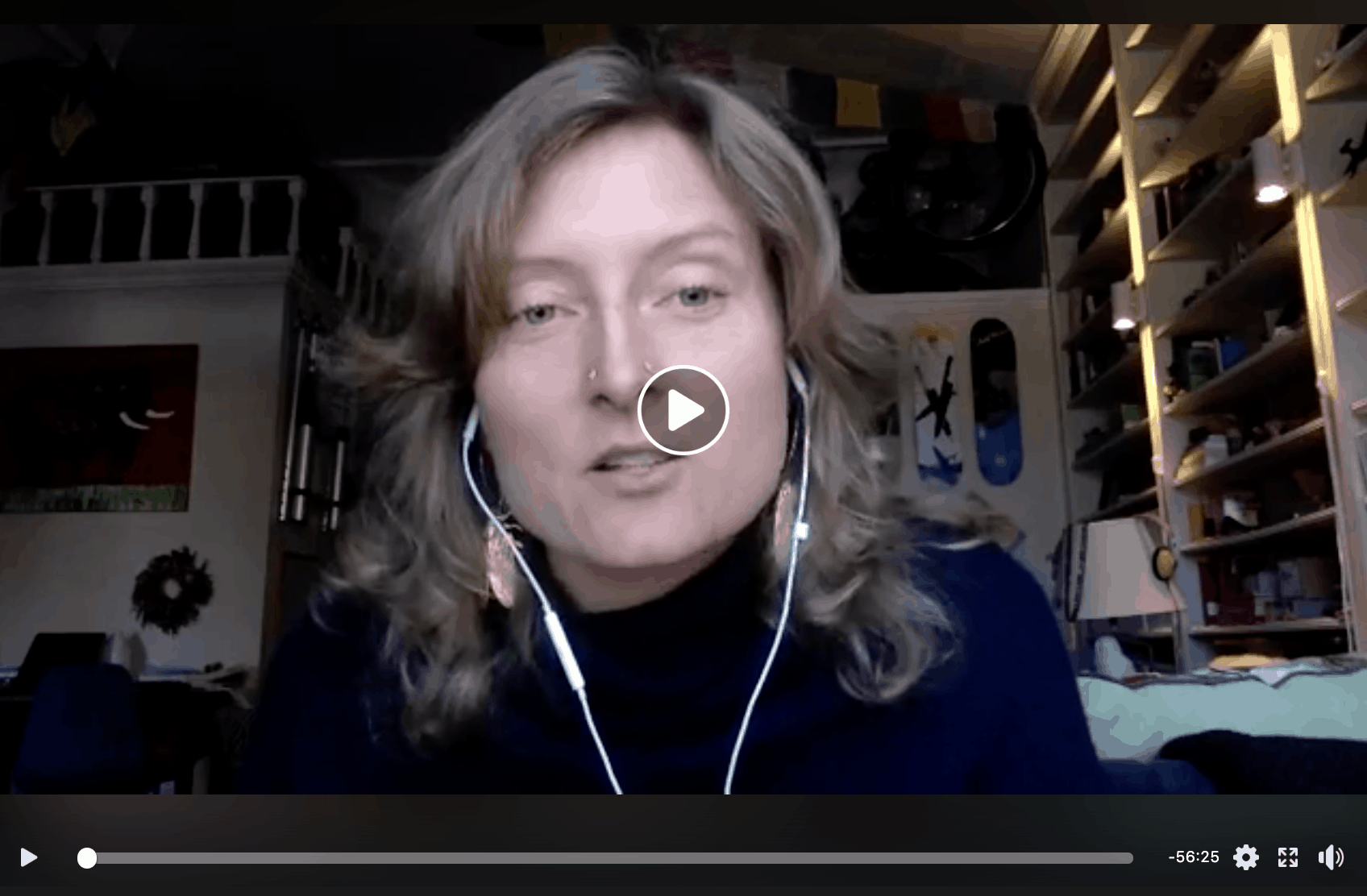Pandemic Solutions-Focused Information Share Resources
Updated Wednesday, April 13, 2020
Thank you to the teachers and colleagues at University of Western States for their help and collaboration.
At this moment, accurate information is difficult to conclude as this virus is new. It will take time to learn the best tools for avoidance and methods to apply after infection.
So, for now, we are doing our best to make educated, hypothetical decisions. What we know Many scientists, all over the world, are currently working together to make the best educated decisions possible without the use of primary studies. We must also consider the importance of decreased financial stability for many people and reactions based from fear.
It is our goal to provide accurate information, please use the links below for your reference. It is also our goal to help people stay calm, make good decisions based on what we know, and support lasting wellness.
Excellent overviews
- https://examine.com/topics/coronavirus/ (continuously updated)
- https://coronavirus.jhu.edu/map.html
Epidemic vs pandemic
- https://www.cdc.gov/csels/dsepd/ss1978/lesson1/section11.html
- https://www.vox.com/future-perfect/2020/3/11/21175061/who-declares-coronavirus-covid-19-pandemic
SARS-CoV-2 – severe acute respiratory syndrome—a novel strain that we have not encountered before in humans
Where the pandemic originate?
- https://www.nature.com/articles/s41591-020-0820-9? fbclid=IwAR0wPTvpPVodLwsoL4LrUUkaALk86EGMWImpZxBMi3ONJnfCCzrmtGYy9s
- Epidemiology and pathophysiology: https://www.youtube.com/watch? v=PWzbArPgo-o&feature=youtu.be&fbclid=IwAR1OTFXOGu
This virus is different from influenza—the flu
This link is a podcast led by Dr. Heather Zwickey, a PhD immunologist who does a fantastic job of explaining the outbreak in a way that is comprehensive and easy to understand.
Distancing and hygiene recommendations are INCREDIBLY important.
Physical distance, social connection. We have to remain connected—it is part of our human experience to commune with others. And, it affects our health. Three weeks may be a more logical quarantine time based on case studies.
Could those with different blood types have different susceptibilities to the virus? We don’t know for sure, but there may be a connection.
- https://www.iflscience.com/health-andmedicine/study-in-china-suggests-relationship-between-blood-group-and-covid19- susceptibility/
- https://link.springer.com/content/pdf/10.1007/s11427-020-1661-4.pdf
Social connection
Dr. Bryan Walsh is continually sending wonderful, educational videos to his newsletter list. He’s worth following.
Food and lifestyle recommendations
REVISED: Eat good quality whey and other foods high in cysteine and glycine such as spinach, pastured poultry, low-tox seafood, legumes….we want some extra glutathione happening in you for lung protection. NAC and glutathione may be helpful supplements.
- NAC is a mucolytic that thins mucus secretions. Even if it raises glutathione levels, consider its drying properties with this disease (via Analia Camarasa).
1. Eat 2-3 Brazil nuts per day = selenium*
REVISED: Eat 2-3 Brazil nuts per day = selenium* Shrimp, sardines, and salmon are also high in selenium. They also provide omega-3 fatty acids that are helpful for immune regulatory function. It may be that the form of selenium in Brazil nuts does not support the immune system as effectively as inorganic forms such as sodium selenite or sodium selenium, found in many liquid supplements.
2. Make colorful plant food dishes
Use Pinterest for recipe ideas—Pinterest is an amazing place to get recipes using specific keywords.
3. Vitamin A and D-rich foods are your buddies
Active forms are found in responsibly-raised animal foods, especially liver, egg yolks, and fish eggs. Plant sources are orange, red, and yellow veggies. If it’s sunny, GO PUT YOUR BODY IN THE SUN, especially your torso*.
4. Zinc
Eat oysters. Eat grass-fed red meat. Eat almonds. Take good quality zinc.
5. Vitamin C
Foods such as papaya, kiwi, red bell peppers, camu camu, acerola berries, amalaki, etc. may decrease the inflammation associated with this strain.
6. Protein rich foods
Protien rich foods to support the large protein demands of the immune system. Focus on protein dominant foods that are right for you, such as pastured animal foods (don’t forget the organ meat!), cottage cheese, organic tofu, tempeh, and edamame, eggs, low-toxicity fish and fish eggs.
6. Keep moving and sweating!
Sweat, sweat, sweat and drink water!
7. Virtual connection
Watch your fave funny movie and make Zoom/Google Hangout/Skype dates with your funniest friends. Laugher = strengthened immunity.
8. Meditation, yoga, and good music
All have been shown to be beneficial for the immune system:
9. Be like the cool kids—wash your hands—support your neighbors!
Some folks have asked me why I’m not making more supplement recommendations in this post. Two reasons—first, I’m careful making supplement recs unless I know your history and what Rx meds you’re taking. Second, many companies that sell the high-quality nutrients I use are literally sold out. That doesn’t mean it’s time to panic, that means it’s time to eat real food. Pasture raised liver, for instance, is one of the highest sources of bioavailable vitamin A out there!
*We must consider ACE2 receptor increase with these nutrients. Is ACE2 receptor increase an issue, or not? This is a question we are currently trying to answer for better understanding of viral entrance into the body. ACE2 information. We will NEVER recommend that our clients make changes to their prescription medications.
Possibility that compounds in black tea and Puer tea may be helpful, tannic acid and TF2B.
Possibility that melatonin, ascorbic acid, and nitric oxide increase may be helpful. It may be that children are not being affected due to their much higher levels of melatonin compared to adults. Foods that contain melatonin include tart cherries and pistachios, nitric oxide rich foods include beets and spinach. Exercise also helps to increase nitric oxide.
- https://www.evolutamente.it/covid-19-pneumonia-inflammasomes-the-melatonin-connection/? fbclid=IwAR2wrpGh1HFgNEfWCJqpsn6z4z47cV7J7cCbSJNIUCnfMvKS-XsSbOt-1G4
- https://journals.plos.org/plosone/article?id=10.1371/journal.pone.0031688
Possibility that Andrographis herb and luteolin (compound in vegetables and fruits) inhibit viral activity via furin inhibition. Luteolin is high in juniper berries, dried oregano, celery seed, celery, and radicchio.
- https://www.ncbi.nlm.nih.gov/pubmed/9931305? fbclid=IwAR1WlPnqnNQi67j7RLM5h6HiR8daaaT03GqWxMI3m7wfWDb-4mKmc-iiQW0
- https://www.sciencedirect.com/science/article/abs/pii/S0166354216306635? fbclid=IwAR3HiuF9sbhkZPGgK9o60-E2FaR9JpQCOsqFOmAgUppnG1xLF39h_Pt2Yps
Other compounds that may be helpful:
Good sources of non-perishable whole foods:
- Arkansas black apples (or other varietals that keep for a long time out of the fridge)
- Oranges, lemons, and limes
- Butternut squash (or other hard squashes/pumpkins)
- Turnips
- Cabbage (A 4 lb head of cabbage! It will last forever!)
- Onions
- Garlic
- Sprouting seeds
- Potatoes
Zinc and ACE inhibition – ACE inhibitor drugs may be doubly problematic in this pandemic due to increased ACE2 receptor expression and zinc depletion.
Melatonin and beta blockers – *Be aware that some beta blocking Rx drugs can deplete melatonin. Use www.mytavin.com to check for drug/nutrient depletion.
Effective cleaning solutions
- Hydrogen peroxide (H202) in a 1% solution may be an effective and non-toxic way to clean surfaces. The use of H202 as a throat gargle may also be effective, but may cause abnormalities to the oral mucosa. We have no studies in humans showing effectiveness against this pandemic. https://www.journalofhospitalinfection.com/article/S0195-6701(20)30046-3/ fulltext
- Review on safety of H202 on oral mucosa: https://onlinelibrary.wiley.com/doi/pdf/10.1111/j. 1834-7819.2000.tb00261.x
- Abnormalities in oral mucosa and discomfort from groups using low % H202 solution: https://journals.lww.com/nursingresearchonline/Abstract/1993/11000/The_Effects_of_Hydrogen_Peroxide_Rinses_on_the.3.aspx
Associations seen in the pandemic:
- blood type: https://www.iflscience.com/health-and-medicine/study-in-china-suggestsrelationship-between-blood-group-and-covid19-susceptibility/
- male vs female responses to virus: https://www.latimes.com/science/story/2020-03-21/whyis-the-coronavirus-more-deadly-for-men-than-for-women
- loss of smell: https://www.nytimes.com/2020/03/22/health/coronavirus-symptoms-smelltaste.html
- Could it be related to increase of pro inflammatory cytokines and decreased levels of zinc? https://www.ncbi.nlm.nih.gov/pubmed/23868430, https://lpi.oregonstate.edu/mic/minerals/zinc
- Prevotella bacteria: https://www.researchgate.net/publication/ 339008515_The_2019_Wuhan_outbreak_is_caused_by_the_bacteria_Prevotella_which_is_ai ded_by_the_coronavirus_possibly_to_adhere_to_epithelial_cells_- _Prevotella_is_present_in_huge_amounts_in_patients_from_both_Chin?fbclid=IwAR2hzWB9dAlHJloWF7zwN8w9zepmJNsKMu1EU_tNIMKd6zCeo4FFpdU2CI
- However, higher amounts of Prevotella may be found in smokers: https:// www.frontiersin.org/articles/10.3389/fmicb.2020.00066/full? fbclid=IwAR0jlWl592gVXD8idYNySwm9-ByNBowLYwM_Z5gpRtP0iLqDJNIPuOfu5h4
The citations below point to nutrients that may support during pandemic:
Get acute care immediately with symptom progression, shortness of breath, or lowered blood oxygen levels.
DHA specific omega-3 fatty acids – The Omega-3 Fatty Acid Docosahexaenoic Acid Modulates Inflammatory Mediator Release in Human Alveolar Cells Exposed to Bronchoalveolar Lavage Fluid of ARDS Patients
https://www.ncbi.nlm.nih.gov/pmc/articles/PMC4537738/
Vitamin A – Vitamin A Deficiency Injures Lung and Liver Parenchyma and Impairs Function of Rat Type II Pneumocytes
https://academic.https://academic.oup.com/jn/article/130/5/1159/4686596
Flaxseed oil – Dietary Flaxseed Oil Protects against Bleomycin-Induced Pulmonary Fibrosis in Rats
https://www.ncbi.nlm.nih.gov/pmc/articles/PMC3423954/
B3 – pandemic infection: the perspectives on immune responses (B3 as a possible lung support during illness, hyaluronan (hyaluronic acid) accumulation in lungs?)
Low Risk/High Benefit Considerations
Because of the multiple levels of risk associated with this pandemic—physical illness, social isolation and other emotional stressors, financial instability, etc.—we must do our very best to advise people based on a model of low risk/high benefit. This model asks the question: what recommendations will create the most benefit with the lowest risk for my client, my family, or myself? Specific whole foods, physical distancing and hygiene, meditation/prayer/calming practices, and gathering only what we need and leaving resources for our community are examples of low risk/high benefit suggestions.
From here, we can use our clinical tools to determine if a specific supplement is the right choice, or not, bearing in mind that we have no direct studies showing benefit of any supplement (or dietary) recommendation, as no studies have been performed. This means that with any reduced nutrient recommendation we must consider the client’s full case history, prescription drug use, and even financial ability. We must humbly approach the question of: is this the right nutrient choice for this client?
How to make your own Vitamin D Light Therapy Kit:
Please pass this page along to family and friends. The health of our community truly equals our personal health.


